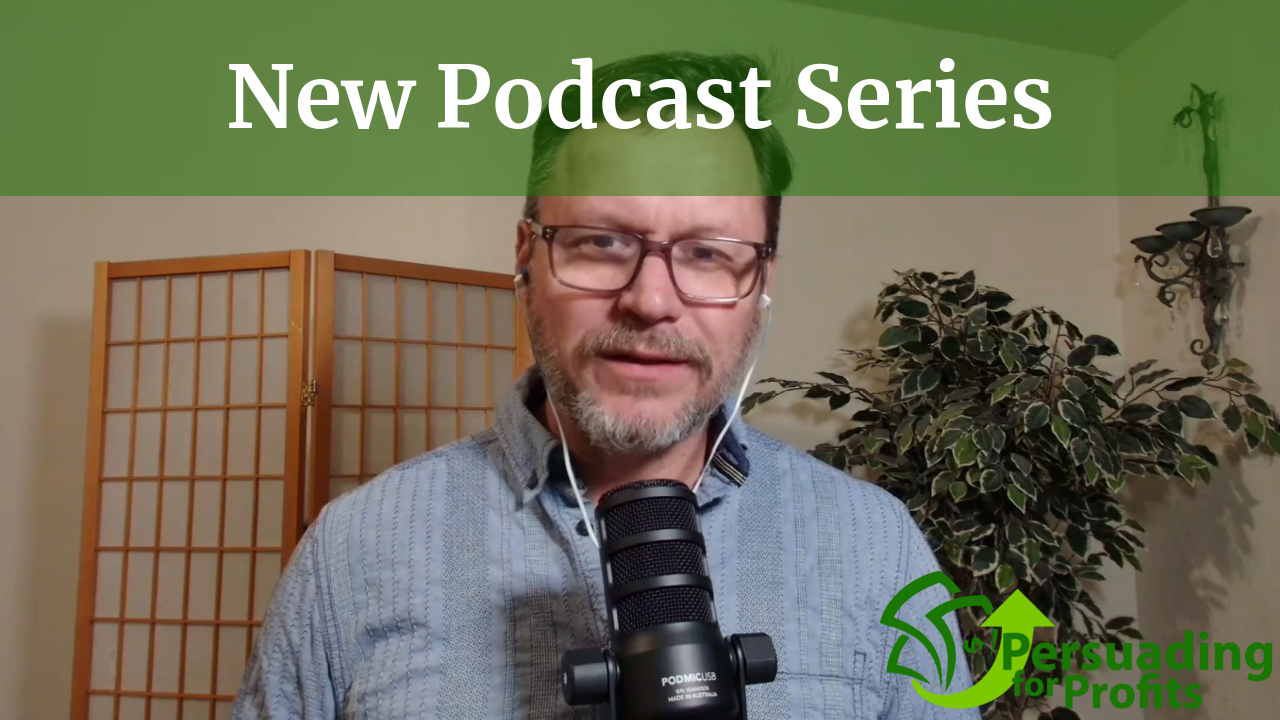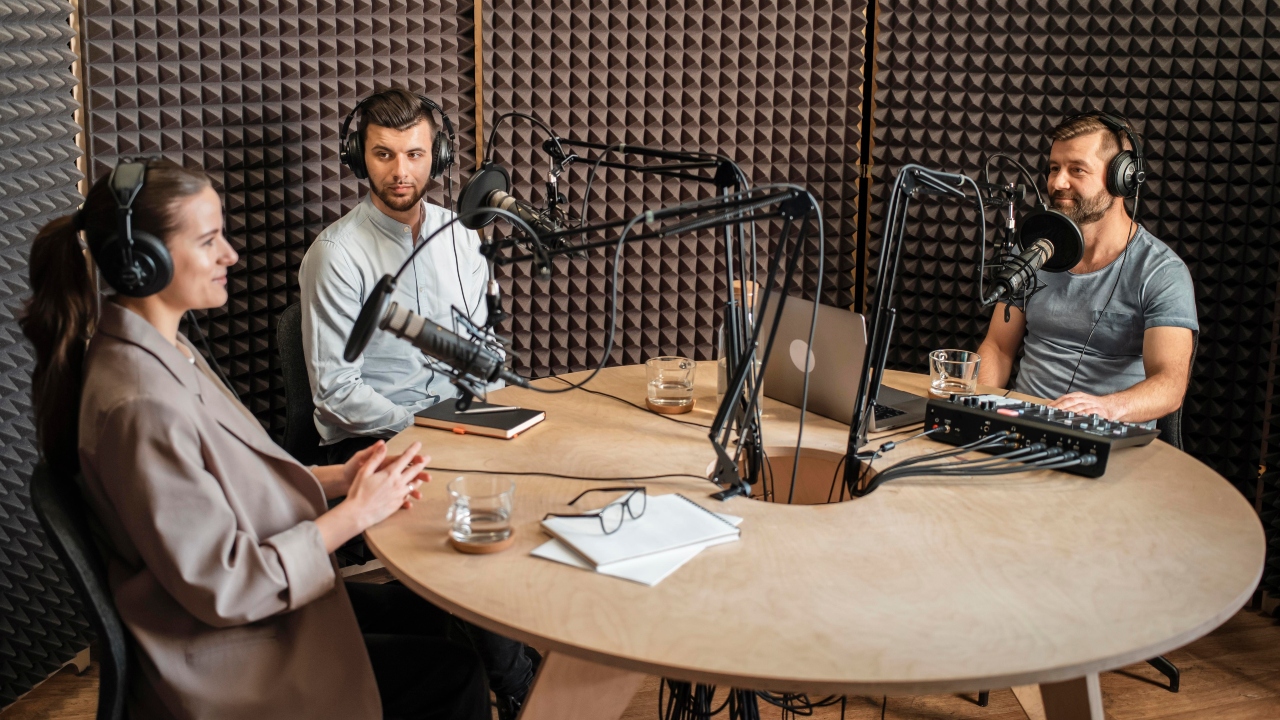More often than not when we’re pitching our wares (in this case, radio) we sell what we have. It’s natural to emphasize our station; it’s how we make our money. However, another way of showing a potential client that you care about their business and want to help them is to talk about cross-media campaigns. Many advertisers will put most of their budget against one media, i.e. cable, social and maybe a little print or out-of-home, etc., because that is what they are used to, and it has probably worked for them in the past. Not a problem. But if the client is not seeing results they have had in the past, or you want to show them a way to grow their SOV (share-of-voice) in the market, reach new people and reinforce their messaging; cross-media marketing is a strong strategy for your station.
To set this up, it’s helpful to show a reach curve with the target audience saturation point. This is media- agonistic and simply shows unprejudiced data. If the clients give their media placement information, i.e. the impressions they purchase over the course of a few campaigns, that’s great but it’s probably not going to happen. Do a hypothetical reach curve demonstrating that a reasonable number of impressions over a time period (I would do four weeks, 13 weeks and maybe 26 weeks) and show how using one primary media over the course of time will create a point of diminishing returns, i.e. you’ve reached everybody you can reach in local cable. Hopefully the data will be self-evident and your client, or potential client, will draw their own conclusion, i.e. that putting more money against that particular channel is wasted. This saves you (the “salesperson”) from being the self-serving pushy sales guy or gal. You start to become a resource.
Next step is to offer some solutions based on the reach curves analysis.
One possible and strong option is to take some of your media spend and “invest” it in, say radio (your station). You can show that doing so will:
- Get the advertiser incremental reach
- Increase overall reach
- Reduce the effective CPM of the campaign (assuming your station is priced more efficiently than local cable or whatever media you are comparing)
- Reinforce the brand’s message
- Help boost awareness, i.e. someone who has seen a brand’s spot repeatedly may start to tune out. Hearing the spot on a different media channel can raise awareness and reinforce the brand “Oh that’s the ACME commercial I see on TV” (as they’re listening to the local morning team on their way to work).
This topic, like many, can get really deep, really fast and it is easy to get caught up in the weeds (I know from personal experience…lol). However, using data to help sell your station is very strategic and a seemingly neutral way of showing the brand you are not just a “salesperson” but a “solutions provider”.
Go forth and prosper!
Pic designed by jannoon028 for Freepik.com.
Matt Feinberg is the Chief Strategy Officer, Sales & Marketing at Gen Media Partners, he is a seasoned media and marketing executive strategist and university level educator.













